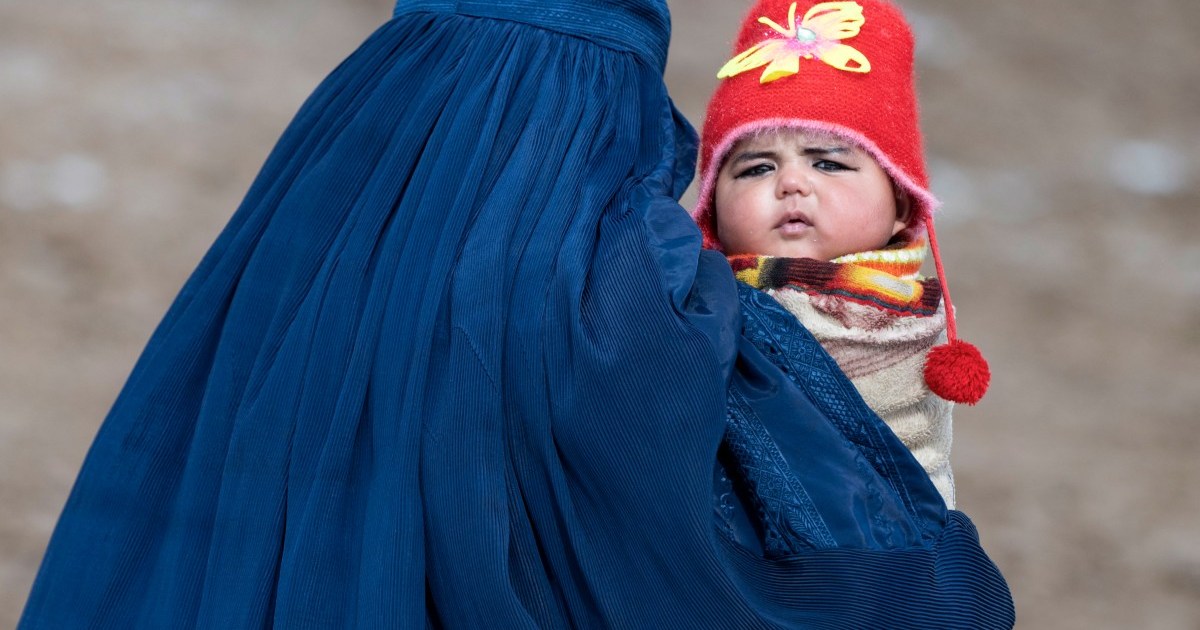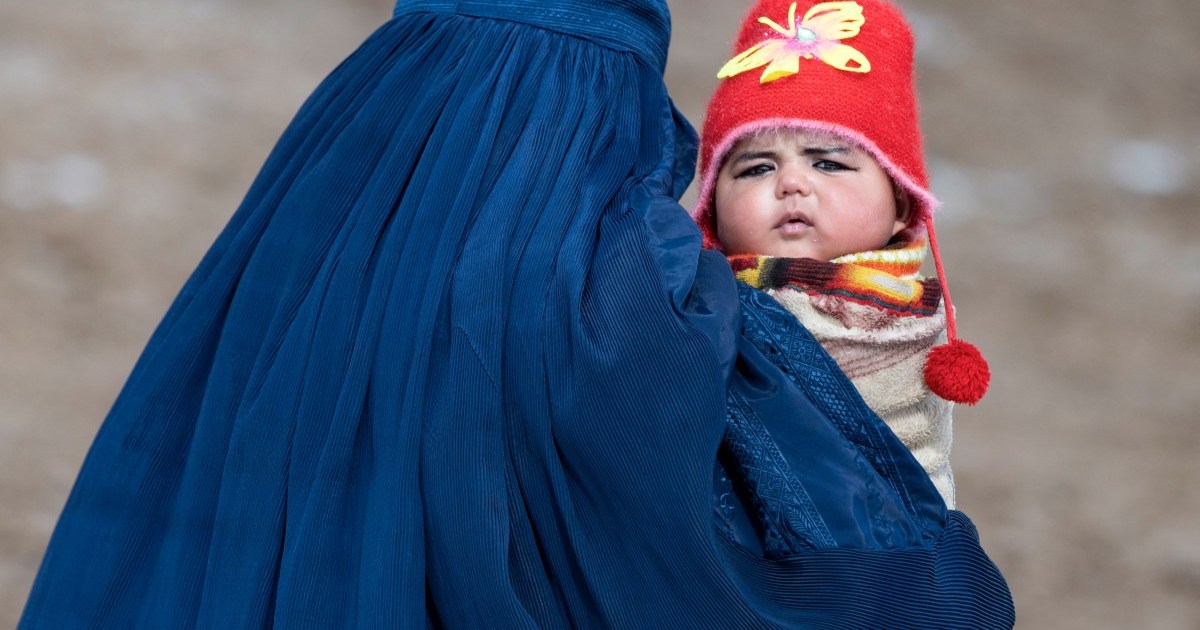
Roya carefully spoon-feeds her daughter fortified milk in a ward for malnourished children, praying the tiny infant will avoid a condition that stalks one in 10 children in Afghanistan after decades of conflict.
The nine-month-old had been hospitalised three times already in remote Badakhshan province because her mother had trouble breastfeeding.
“She has gained a bit of weight. She has a bit of a glow,” 35-year-old Roya said, cradling Bibi Aseya at the Baharak district hospital.
“She drinks milk as well, but she still doesn’t smile,” she added. “I would stay awake day and night. Now I can sleep.”
Poor nutrition is rife in a country plagued by economic, humanitarian and climate crises two and a half years since the Taliban returned to power.
Ten percent of children under five in Afghanistan are malnourished and 45 percent are stunted, meaning they are small for their age in part due to poor nutrition, according to the United Nations.
Afghanistan has one of the world’s highest rates of stunting in children under five, said Daniel Timme, communications chief for UNICEF.
“If not detected and treated within the first two years of a child’s life, the condition [stunting] becomes irreversible, and the affected child will never be able to develop mentally and physically to its full potential,” he said.
“This is not only tragic for the individual child but must have a severe negative impact on the development of the whole country when more than two out of five children are affected.”
A plunge in international aid and medical professionals leaving the country have weakened an already vulnerable health system, and women and children are particularly impacted, NGOs said.
Hasina, 22, and her husband, Nureddin, are volunteers at one of the hundreds of community-based health posts supported by UNICEF in Badakhshan, a mountainous region that borders Pakistan, Tajikistan and China.
The couple is an initial lifeline for the more than 1,000 residents of Gandanchusma village. “We gather women and children and weigh the babies. If they are malnourished, we support them and refer them to the clinic,” a 30-minute walk away, Hasina said.
In warmer weather, she added, she sees more cases of malnutrition due to water-borne illnesses.
Nearly 80 percent of people in Afghanistan lack sufficient access to clean water, according to the UN Development Programme.
Aisha, who asked that her real name not be used, had a clean water pump installed at her home in the Badakhshan town of Khairabad through a UNICEF project. But she said the women around her still lack access to information.
“The women who had some education could boil water, provide medicine or make homemade medicines, but the women who did not have any education were less capable,” she said.
In a recent report warning of the frailty of the Afghan health sector, Human Rights Watch underscored the outsized impact on women because of restrictions on their movement, education and employment.
Aisha and her peers share information but worry that doing so is not enough to combat their web of challenges, both social and economic, that contribute to poor nutrition and stunting.
“At the village level, it is difficult for us because we have many illiterate mothers,” another Khairabad resident, Amina, said.
“We need more health and community workers to raise awareness among the people, distribute medicines for malnourished children and provide family planning and healthcare advice.”
Read More: World News | Entertainment News | Celeb News
Aljazera










